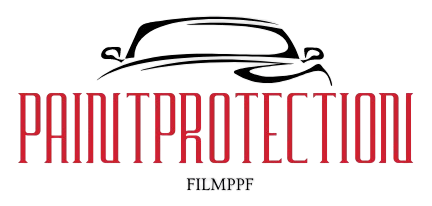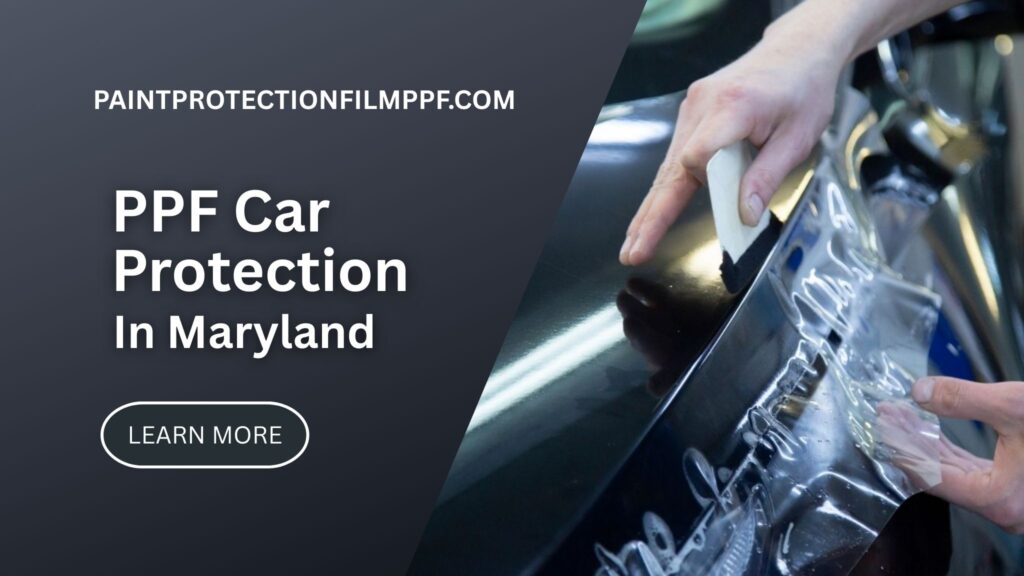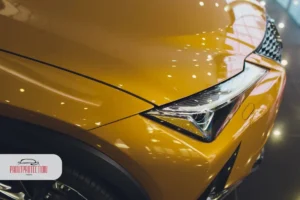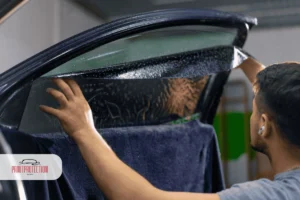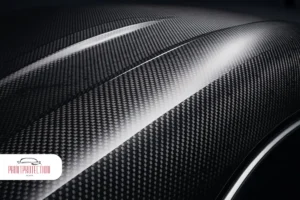Protecting the paint on your car is not only about keeping it looking good, but also preserving its value. PPF Car Protection is one of the most effective ways to achieve this. PPF offers a clear, durable layer that shields your vehicle’s paint from a wide range of environmental hazards, & helping to maintain its shine and appearance for years to come. Whether you’re worried about rock chips, bird droppings, & road debris, PPF provides an added layer of security for your car’s exterior.
Table of Contents
In this article, we will explore what PPF is, how it works, & why it’s an excellent option for car owners in the US looking to safeguard their paint from damage, we’ll also discuss the maintenance tips, & how to choose the best PPF for your needs.
Why PPF Car Protection Matters
The paint on your car serves more than just an aesthetic purpose; it also protects the metal underneath. Over time, exposure to the elements can cause the paint to fade, scratch, & chip. PPF Car Protection provides an extra layer of defense against everyday hazards that can lead to costly repairs
For many car owners, especially those who value the appearance of their vehicle, & keeping the paint in pristine condition is crucial. PPF not only keeps your car looking newer for longer but also helps to preserve its resale value. If you are considering selling your car down the line, having a well-maintained exterior can significantly increase its market value.
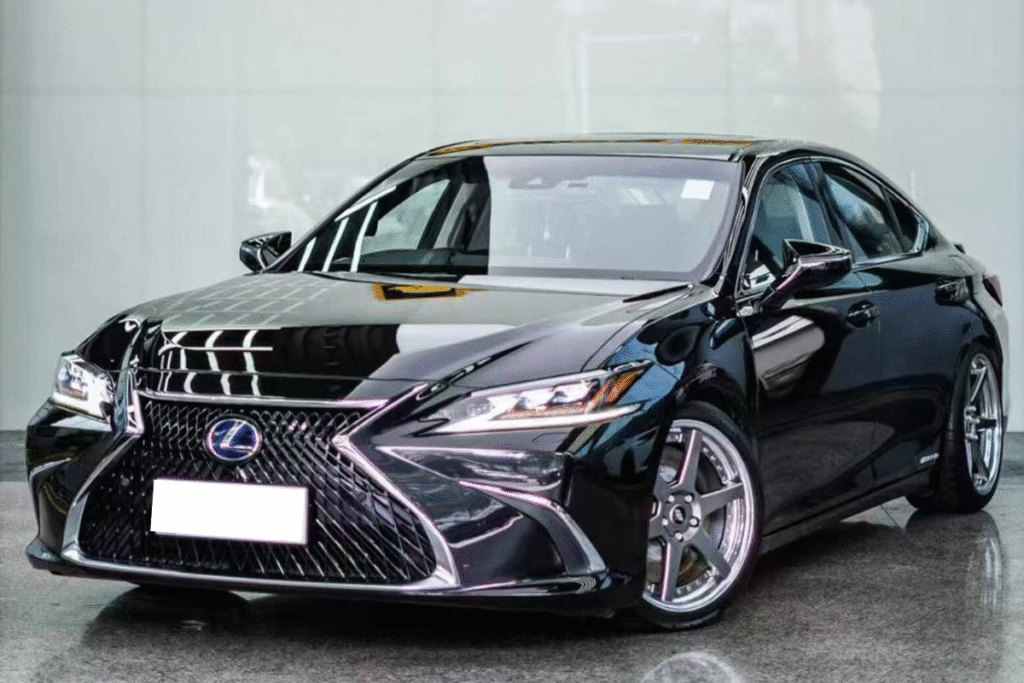
What is PPF?
Paint Protection Film (PPF) is a clear, thin urethane film that is applied directly to the paint of a vehicle. It is designed to protect the paint from damage caused by rock chips, road debris, bird droppings, & even minor scratches. While it is clear, it creates an invisible protective layer that doesn’t alter the appearance of the car’s original paint color or finish.
PPF Car Protection is particularly effective because of its self-healing properties, small scratches or swirl marks that may appear on the surface of the film can disappear over time when exposed to heat, leaving the film smooth and the paint undisturbed.
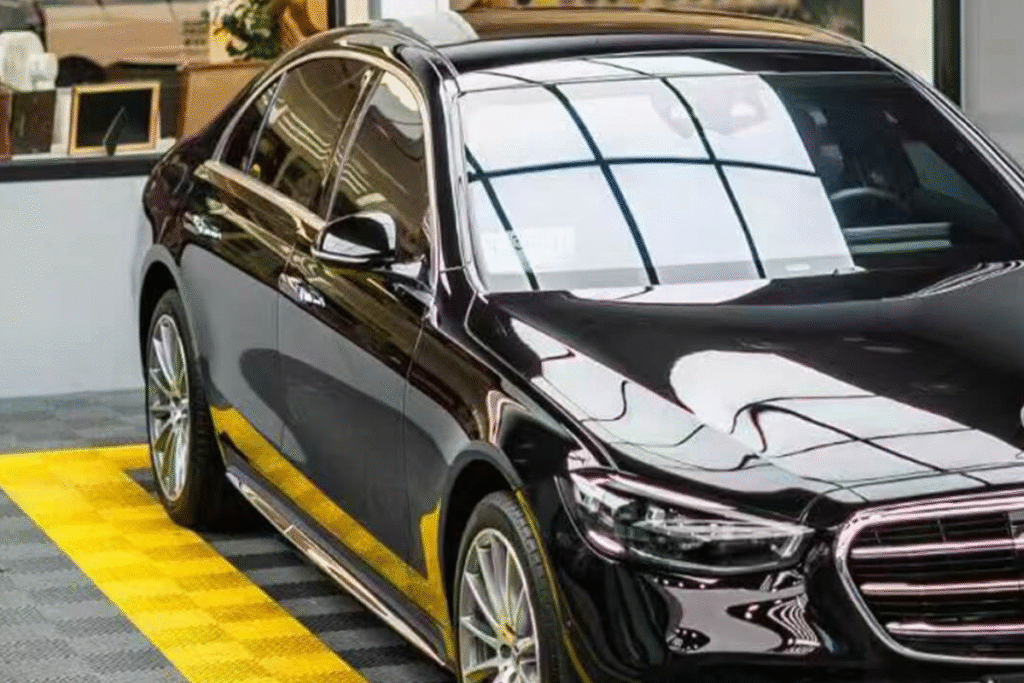
How PPF Works to Protect Your Car
PPF Car Protection is specifically designed to protect your car’s paint from both environmental and physical damage. Whether you live in an area prone to harsh weather, frequently drive on gravel roads, or just want to ensure your car stays looking pristine, PPF works by absorbing the impacts that would otherwise damage your paint.
Protection Against Road Debris
One of the most common causes of paint damage is road debris. Gravel, pebbles, and small rocks kicked up by other vehicles can easily chip or scratch your car’s paint. PPF Car Protection creates a tough layer that absorbs these impacts, preventing them from reaching your car’s paint.
Safeguarding from Bird Droppings and Tree Sap
Bird droppings, tree sap, and other environmental contaminants can be corrosive to a car’s paint. If not cleaned off quickly, these substances can leave permanent marks. PPF acts as a barrier that prevents these contaminants from coming into contact with the paint, & making it easier to clean your car without worrying about lasting damage.
UV Protection
Prolonged exposure to the sun can cause the paint to fade, especially in areas with harsh sunlight. PPF Car Protection offers UV protection, & helping to prevent your car’s paint from discoloring over time. This is particularly important for cars parked outside or in sunny climates
Easy to Maintain
Since PPF Car Protection creates a smooth surface on your car, dirt and grime have a harder time sticking to it. As a result, washing and maintaining your car becomes easier and less frequent. The film’s hydrophobic nature helps repel water, dirt, & other contaminants, making your car easier to clean.
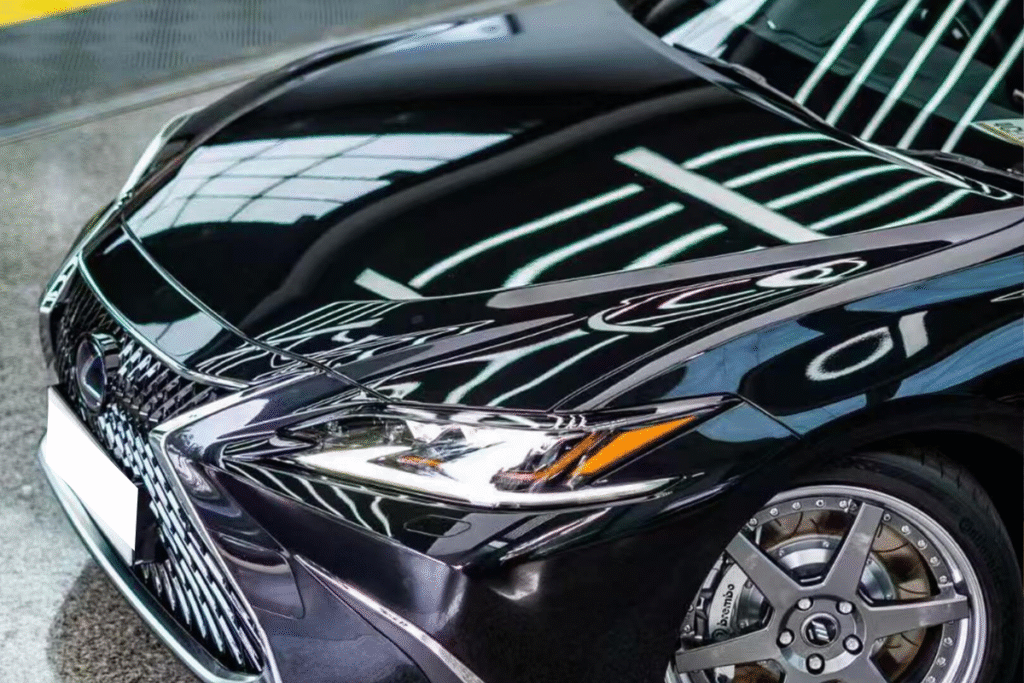
Maintaining PPF: Keeping Your Car Protected
Once installed, PPF requires minimal maintenance. However, there are a few things you should do to ensure the film continues to perform effectively
Regular Cleaning
Even though PPF makes it easier to keep your car clean, it’s still important to wash your vehicle regularly. Use a gentle car shampoo and a microfiber cloth to avoid scratching the surface. Do not use abrasive towels or cleaning products that could damage the film.
Avoid Harsh Chemicals
When washing your car, avoid using harsh chemicals or solvents that could degrade the PPF. Stick to automotive-specific cleaning products and be careful not to apply wax or polish on the PPF, as it can affect the finish.
Inspect for Damage
While PPF Car Protection is durable, it’s still a good idea to regularly inspect your car for any signs of wear. If you notice any lifted edges or peeling film, it’s important to address it quickly. In most cases, the film can be repaired or replaced without needing to redo the entire car.
Professional Care
If your PPF experiences significant damage or starts to show signs of wear, it’s a good idea to consult a professional installer. They can help repair & replace the damaged sections and ensure the film is properly maintained.
Final Wrap-Up: Key Routine for Long-Lasting Protection
PPF car protection is a simple yet effective solution for safeguarding your vehicle’s paint from damage. It provides an extra layer of protection against road debris, environmental contaminants, & UV rays, all while making it easier to keep your car clean & well-maintained.
By following the proper installation process & maintaining the film with regular cleaning and care, you can ensure that your car remains protected and looking new for years to come.
Interested in learning more or getting PPF installed for your vehicle? Visit paintprotectionfilmppf.com today to discover the best options for your car and get started with your paint protection journey.
